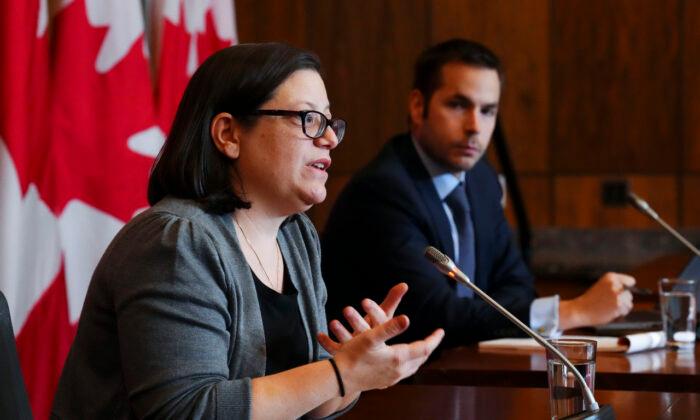Toronto has the highest housing bubble risk among the world’s major cities, according to a new report.
Vancouver’s bubble index is 1.70, the sixth-highest among the 25 cities in the study.
Factors involving imbalances in the economy, such as excess lending or construction activity, are aspects that UBS considers when calculating its bubble index. The term bubble refers to the mispricing of an asset that is not proven until the bubble bursts and prices change.
UBS says price corrections have already begun or will begin for most cities in the survey within the coming quarters, due to imbalances caused by rising interest rates and high housing prices.
“Higher interest rates, inflation, turmoil in the financial markets, and deteriorating economic conditions are putting the housing boom under pressure,” the report states. Although it says this could lead to “prolonged stagnation” in house prices, this is not the most likely outcome, as real estate markets rarely stagnate. A “robust labour market” is what UBS says will be the last pillar in the collapsing market.
“We are witnessing the global owner-occupied housing boom finally under pressure, and in a majority of the highly-valued cities, significant price corrections are to be expected in the coming quarters,” the report said.
With home prices in Vancouver and Toronto having tripled over the last 25 years—coinciding with falling mortgage rates and urban housing shortages amid population growth—UBS says their bubble index had been flashing warning signals for years.
Royal LePage Forecasts Price Drop
Royal LePage’s latest forecast says that the average house price in Canada, $774,900, has increased by 3.3 percent since last year. However, comparing this quarter to the previous one, there has been a 4.9 percent decrease.They predict that the fourth quarter will see another decrease of 0.5 percent.
“Our revised outlook has national prices at just below where we ended 2021, erasing the gains made in the first quarter of 2022,” said Phil Soper, president and CEO of Royal LePage, in the forecast report.
The average home price in the Greater Toronto Area (GTA) increased 2.1 percent from last year to $1,098,100 but decreased by 5.9 percent since last quarter, according to Royal LePage. It predicts another 3.5 percent decrease in the fourth quarter.
“Potential buyers who have secured a mortgage rate are eager to transact before it expires, and ahead of another potential interest rate hike,” Yolevski noted, predicting a “moderate boost in demand” for the fall.





